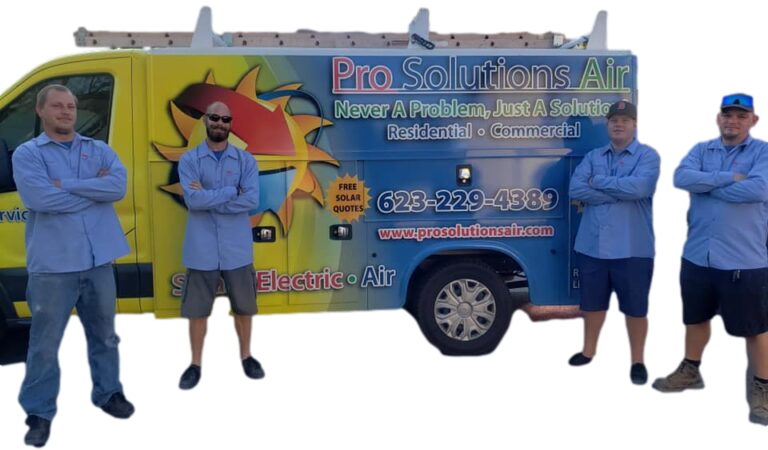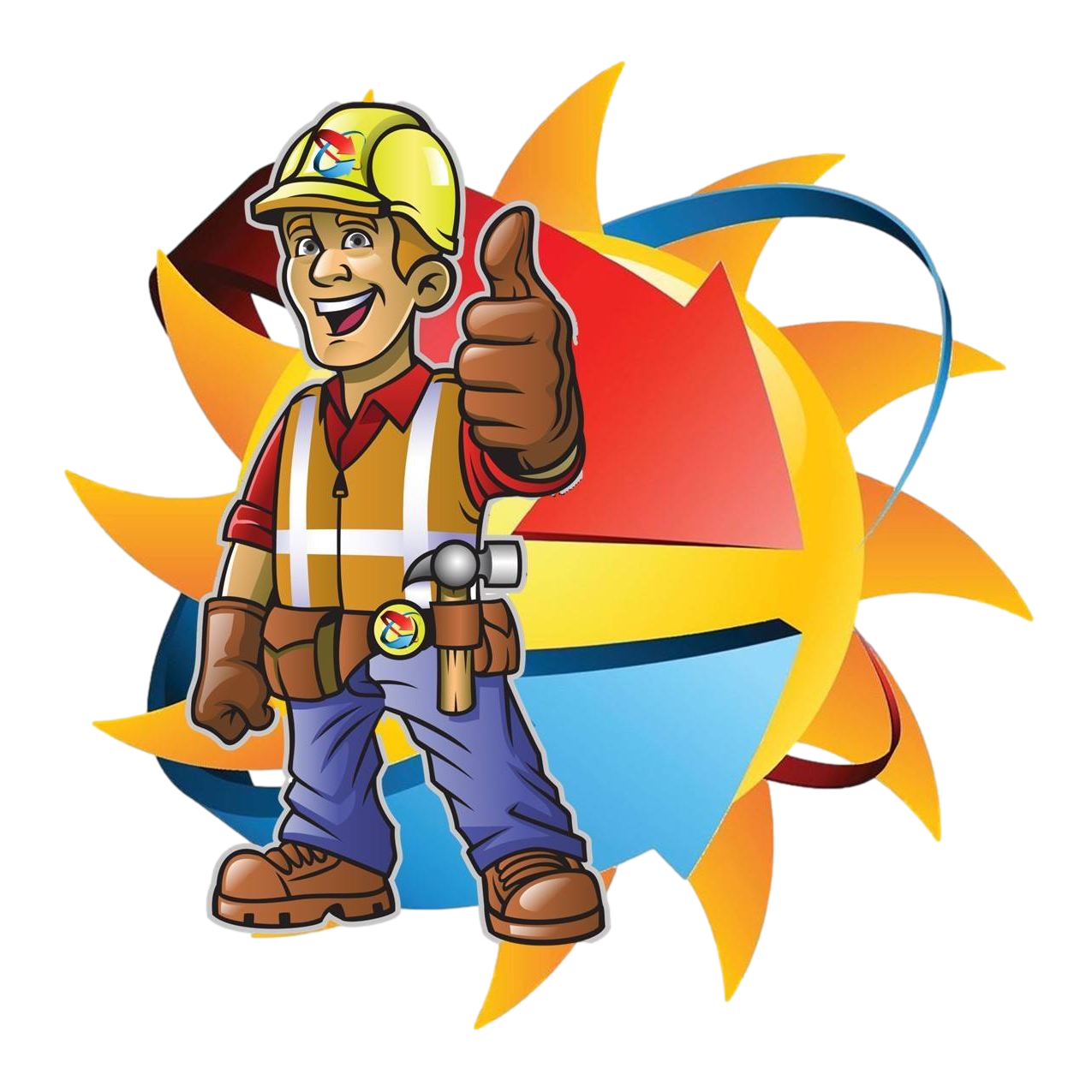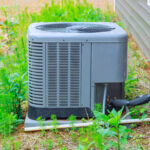As a local, family-owned HVAC company servicing the Phoenix Valley, we’re used to long stretches of dry, sunny weather. But when the rare desert rainstorm rolls through, it can catch homeowners — and their HVAC systems — off guard. While rain might seem harmless compared to the summer heat, it can actually have a bigger impact on your HVAC system than you might think.
Here’s what to look out for when it rains in Phoenix:
1. Pooling Water Around the Outdoor Unit
Phoenix yards aren’t always equipped with proper drainage — especially in newer developments. Heavy rain can cause water to pool around your outdoor AC unit. If left standing, this water can lead to corrosion, electrical issues, and long-term damage to components.
What to do ✅:
Check for puddles around the base of your unit after a rainstorm. If drainage is an issue, consider grading the area or installing a simple drain system.
2. Debris in or Around the Unit
Rain in the Valley often brings wind with it, which means leaves, dirt, and debris can get blown into or around your HVAC system. This can clog the condenser coils and reduce efficiency — or worse, cause your system to overheat.
What to do ✅:
After the storm, do a visual inspection. Clear away any visible debris and, if needed, rinse the coils with a gentle spray from your hose.
3. Electrical Panel Moisture
Even though your HVAC’s electrical components are built for outdoor use, excess moisture can still sneak into the control panel if it’s not properly sealed. This can lead to shorts, system failures, or breaker trips.
What to do ✅:
Listen for unusual noises (like buzzing) or check for any signs your unit isn’t turning on properly. If you suspect a moisture issue, call a professional to inspect and reseal the panel.
4. Thermostat Glitches
Power outages or electrical surges caused by lightning and rain can mess with your thermostat settings — or reset them entirely.
What to do ✅:
Check your thermostat after a storm to make sure it’s still on your preferred settings. If you notice errors or it’s not responsive, it may need a reset or replacement.
5. Mold Growth in Ductwork
Arizona humidity spikes during a rainstorm, and that added moisture can create ideal conditions for mold — especially in older ductwork or systems with poor filtration.
What to do ✅:
If your home smells musty after it rains, or if someone in the house starts experiencing allergy-like symptoms, it might be time for a duct inspection and cleaning.
Final Tip: Schedule a Post-Storm System Check
Desert rainstorms may be rare, but they can pack a punch. A quick checkup from your local HVAC technician can help you catch small issues before they turn into expensive repairs. At Pro Solutions Air, we’re here to keep your home comfortable — rain or shine.
Need help after a storm? Give us a call — we’re always happy to help our Phoenix neighbors stay cool and dry. ☎️ 623-229-4389





